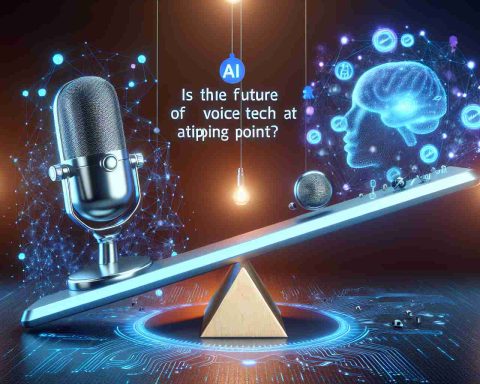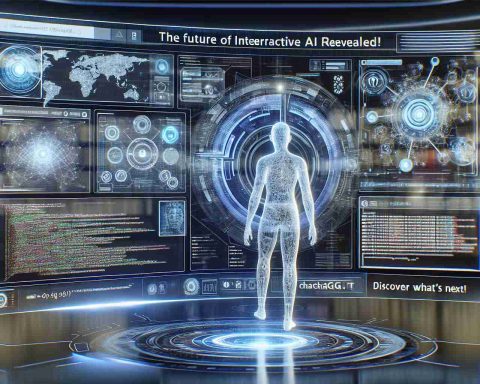OpenAI recently unveiled a groundbreaking series of AI models named o1, specifically designed to tackle intricate problems with enhanced processing abilities. This new series features models like “o1-preview” and “o1-mini,” which are available on ChatGPT and through API access. These models represent an evolution in AI reasoning capabilities due to their extended deliberation processes prior to delivering responses.
The training process for these models enables them to refine their decision-making skills by exploring various possibilities while identifying and correcting mistakes. This advanced methodology proves particularly beneficial in challenging areas such as science, mathematics, and programming. Internal evaluations have revealed that the models achieved results akin to those of doctoral students, outperforming traditional benchmarks in subjects like physics and chemistry.
Furthermore, users can access o1-preview and o1-mini if they are subscribed to ChatGPT Plus or Team. OpenAI aims to introduce the o1-mini for free-tier users in the near future, while ChatGPT Enterprise and Edu users will gain access to both models shortly. Developers can initially work with the o1 series under a restricted rollout.
OpenAI has also prioritized safety and alignment for the o1 models. Through rigorous testing, the o1-preview model exceeded previous versions in resisting misuse, earning a solid score in security evaluations. The organization has engaged with various institutional partners to reinforce its safety initiatives.
OpenAI has taken significant strides with the launch of its o1 AI models, which promise to revolutionize complex problem-solving. The innovative o1 series is engineered to provide superior processing capabilities, allowing users to tackle challenging tasks across various sectors such as research, engineering, and technology development.
What are the key features of the o1 AI models? The o1 models, including “o1-preview” and “o1-mini,” are designed to employ a multi-faceted approach to problem-solving by evaluating numerous scenarios before arriving at a solution. A distinctive feature is their ability to perform retrospection, where the models assess past decisions, enabling them to learn from prior mistakes effectively. This self-reflective capacity is particularly critical in scenarios requiring high-stakes decision-making, such as medical diagnostics and financial forecasting.
What are the important questions surrounding the o1 AI models?
1. How do these models ensure accuracy in complex domains?
The o1 models utilize advanced training protocols that integrate vast datasets and continuous learning algorithms to enhance their performance and accuracy over time.
2. What ethical considerations accompany the deployment of these models?
OpenAI has placed an emphasis on ethical AI deployment, ensuring that the models undergo extensive safety checks and alignment testing to mitigate risks associated with misuse and bias in decision-making.
Key challenges or controversies associated with the o1 AI models include:
– Bias and Fairness: Despite the safety protocols, there remains a concern about inherent biases in AI systems that could lead to unfair outcomes in sensitive applications like hiring or judicial decisions.
– Accountability: When AI systems, like o1, are involved in critical decision-making processes, it raises questions about accountability in cases of errors or negative consequences.
The advantages of the o1 models include:
– Enhanced Problem-Solving: These models can handle intricate problems much more effectively than previous iterations, allowing for breakthroughs in various fields.
– User Accessibility: OpenAI’s plan to roll out the o1 models across different user tiers ensures broader access, facilitating innovation from diverse user backgrounds.
However, the disadvantages also warrant attention:
– Resource Intensive: Running advanced AI models like o1 requires considerable computational power, which may limit usability for smaller organizations or individual developers.
– Dependency on Technology: Increased reliance on AI for critical decision-making can lead to a depreciation of human skills in areas traditionally governed by expertise and reasoning.
In conclusion, the launch of OpenAI’s o1 AI models opens up numerous possibilities for tackling complex challenges, while also bringing forth essential discussions about ethics and responsibility in AI usage. The future of AI looks promising with ongoing development and a commitment to safety and alignment.
For further insights into OpenAI and its projects, visit OpenAI.

















